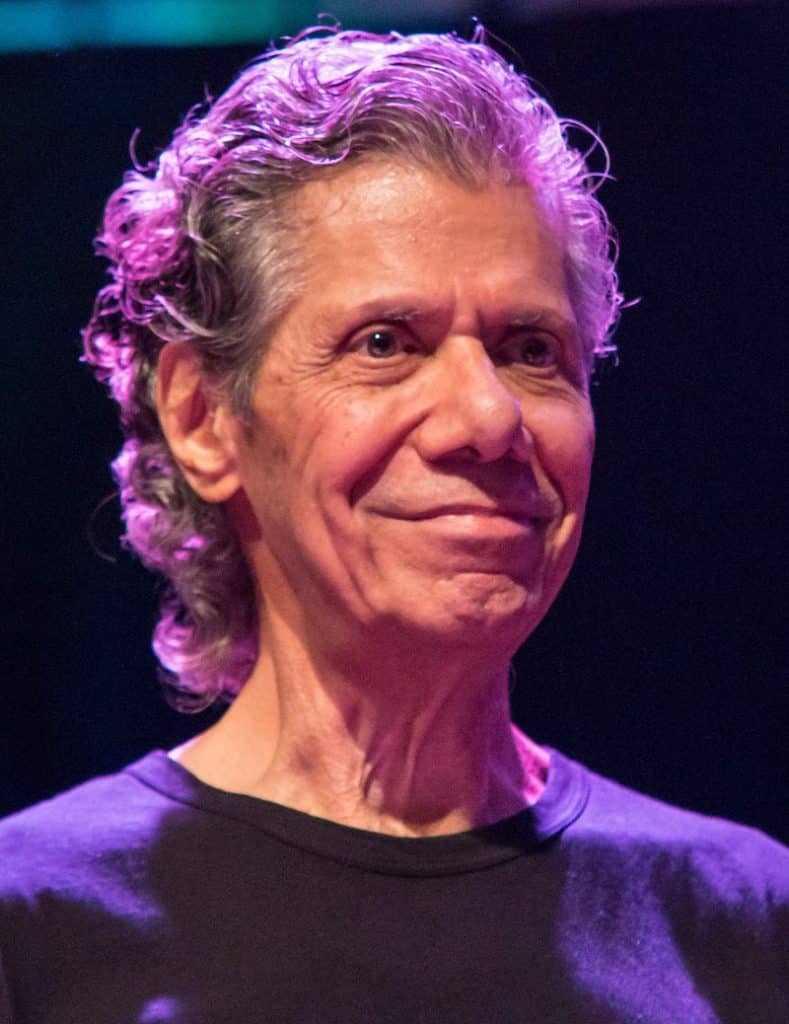If asked to name a jazz composer, lots of people might be able to name Miles Davis or Duke Ellington, but there are many more famous jazz composers who deserve recognition and admiration for their contribution to this amazing art form.
In this post, we’re going to look at the lives and music of 10 of the greatest jazz composers you should know. Read on to learn who they are!
1. Duke Ellington (1899–1974)
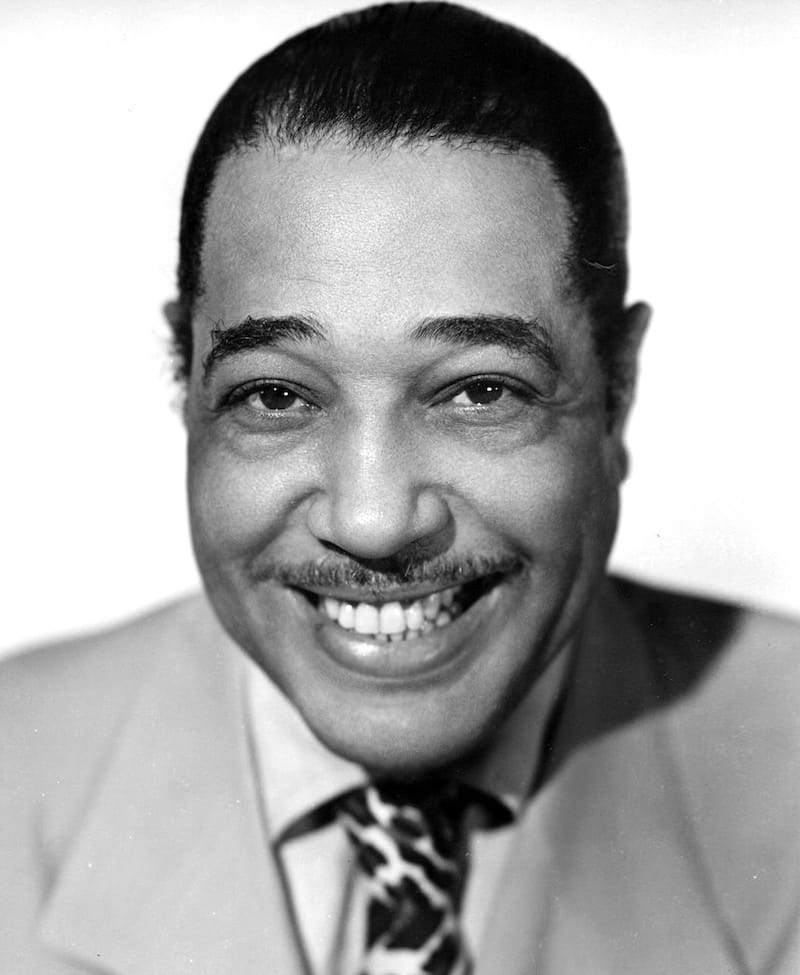
With a career that spanned more than fifty years, Duke Ellington is one of the most recognizable names in jazz history — and for good reason.
Born in 1899, he wrote his first song, “Soda Fountain Rag,” at 15. He got a scholarship to the Pratt Institute but chose to play ragtime instead, forming a band that became the Duke Ellington Orchestra.
In the 1930s, Ellington toured with his band and appeared in films and on the radio. His famous song “Take the A Train” was composed by Billy Strayhorn. In the 1940s, he wrote hits like “Prelude to a Kiss” and “It Don’t Mean a Thing If It Ain’t Got That Swing.”
Ellington won nine Grammys during his life and three more after his death in 1974.
2. Thelonious Monk (1917–1982)
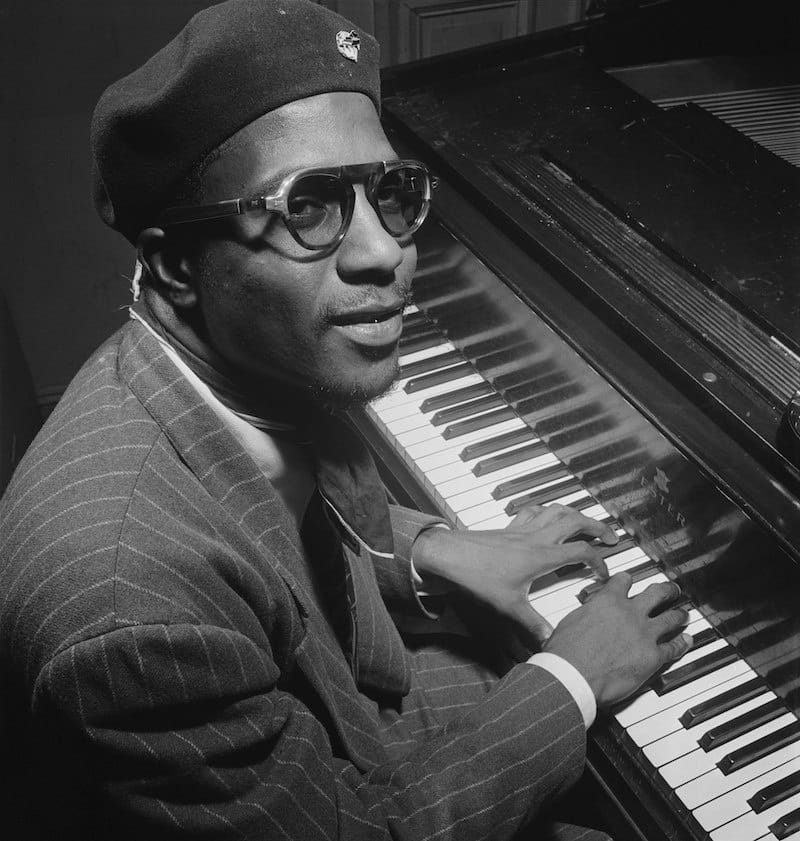
Known as one of the first creators of modern jazz and bebop and one of the greatest African-American composers, jazz pianist Thelonious Monk left high school to pursue music and formed his own band.
In the 1940s, he played in Harlem and developed a style known as hard bop. He was unique in performances, sometimes stopping to dance before playing again.
Monk wrote lasting jazz classics like “Blue Monk,” “Ruby, My Dear,” “Round Midnight,” and “Well, You Needn’t.”
His 1956 album Brilliant Corners is his most well-known masterpiece, and in 1964, he was one of the first jazz musicians on the cover of Time magazine.
3. Miles Davis (1926–1991)
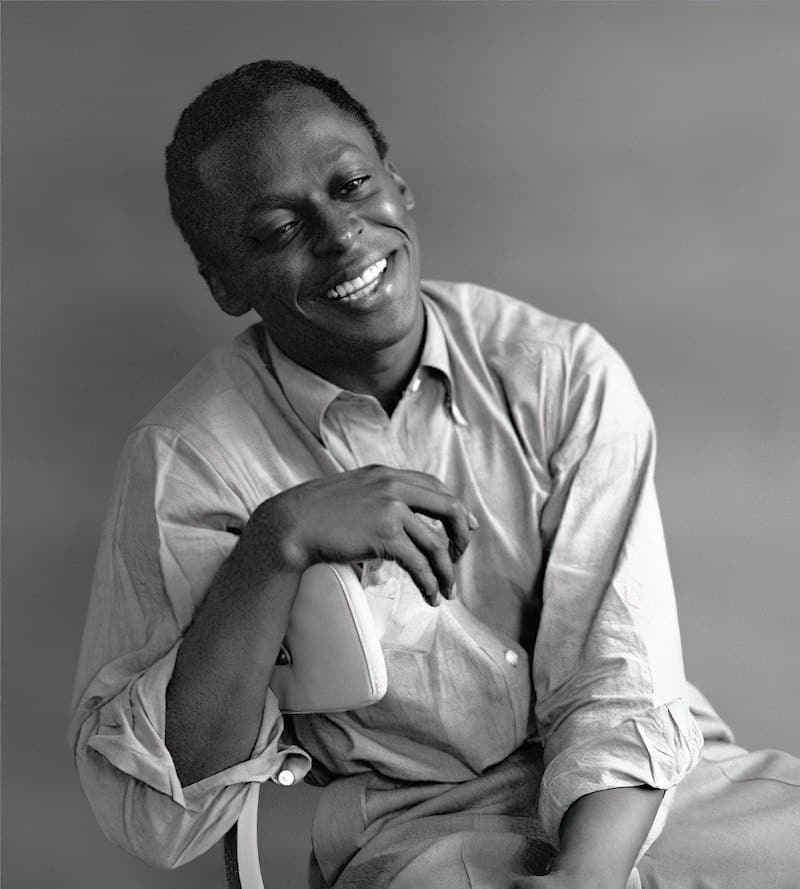
Born in 1926, Miles Davis became a major jazz influence during and after World War II.
As a teen, he learned the trumpet from a private teacher who encouraged him to play without vibrato, unlike Louis Armstrong. This helped him create his own style and start playing professionally in high school.
In the 1940s, Davis joined a nine-piece band and released singles that formed the album Birth of the Cool. His famous songs include “So What,” “Donna Lee,” “Milestones,” “Four,” and “All Blues.” His 1959 album Kind of Blue is one of the best-selling jazz albums ever.
Davis was the first jazz musician on the cover of Rolling Stone magazine and released other best-selling albums like Bitches Brew.
4. Billy Strayhorn (1915–1967)
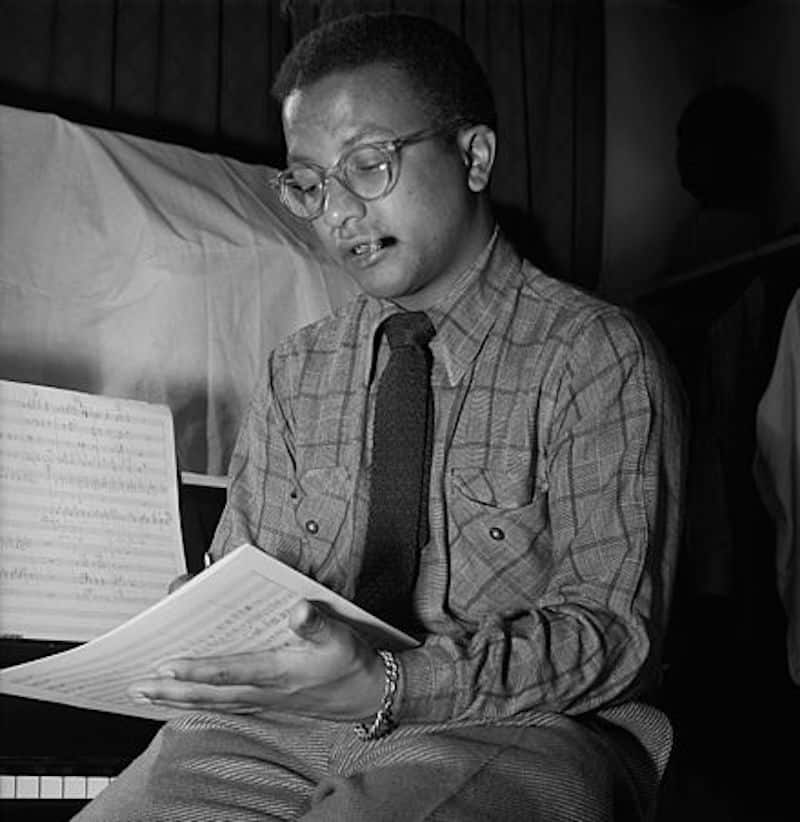
A pianist and composer with strong classical training, Billy Strayhorn saw his music career take off after meeting Duke Ellington. They began working together, and Strayhorn composed “Take the A Train,” one of Ellington’s most famous pieces.
Strayhorn and Ellington collaborated throughout their careers, even creating “Queen’s Suite” for Queen Elizabeth, who has the only copy.
Strayhorn also composed classics like “Lush Life,” “Chelsea Bridge,” and “Lotus Blossom.” In 1946, he won the Esquire Silver Award for outstanding arranger.
5. Thad Jones (1923–1986)
Thad Jones taught himself to play the trumpet and began his professional music career at 16. He was part of a talented family trio, with his brothers Elvin (a famous jazz drummer) and Hank (a pianist).
Jones started composing as a teenager, but his career took off after he served in the army and joined Count Basie in 1954. He spent almost 10 years with Basie and freelanced as an arranger.
In 1963, Jones started his own band with Mel Lewis. He continued to succeed as an arranger and composer, creating lasting favorites like “A Child Is Born” and “Big Dipper.”
6. Charles Mingus (1922–1979)
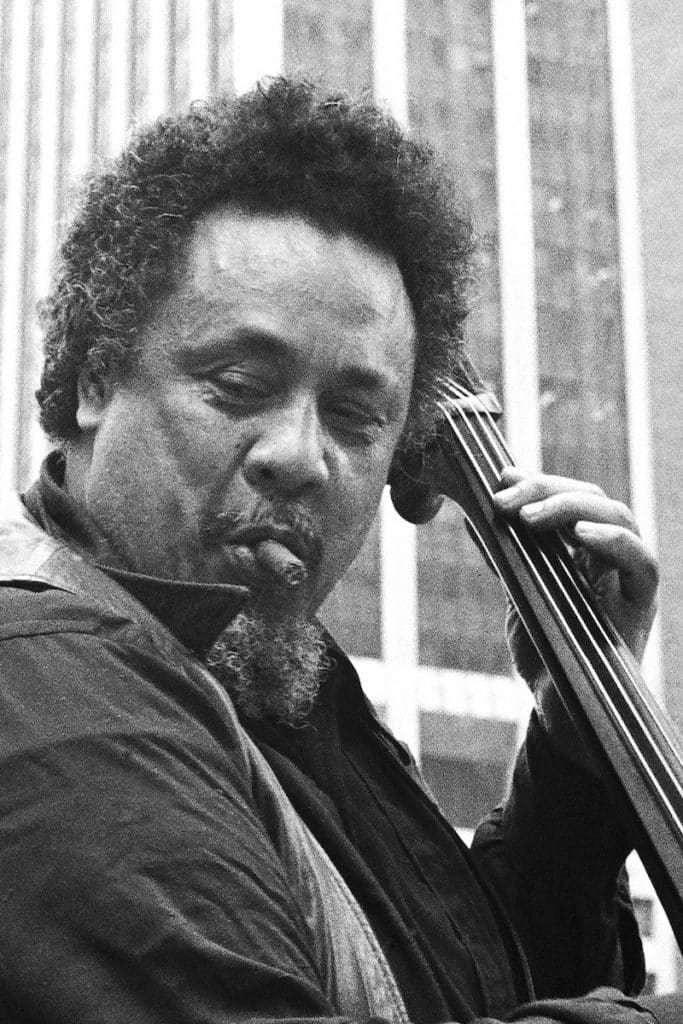
Born in 1922, Charles Mingus would not only go on to become one of the most influential jazz musicians of the 20th century but also a bandleader, composer, accomplished pianist, and virtuoso bass player.
As a teenager, he wrote “Half-Mast Inhibition,” though it wasn’t performed until 20 years later. In his early career, Mingus played with stars like Louis Armstrong; then in the 1950s, he worked with legends like Miles Davis, Dizzy Gillespie, and Duke Ellington, and many others.
Mingus focused on the double bass but also led musicians. He started his own publishing and recording company to protect his music and created the “Jazz Workshop” to support young composers. His famous works include “Revelations” and the album The Black Saint and the Sinner Lady.
7. Bill Evans (1929–1980)
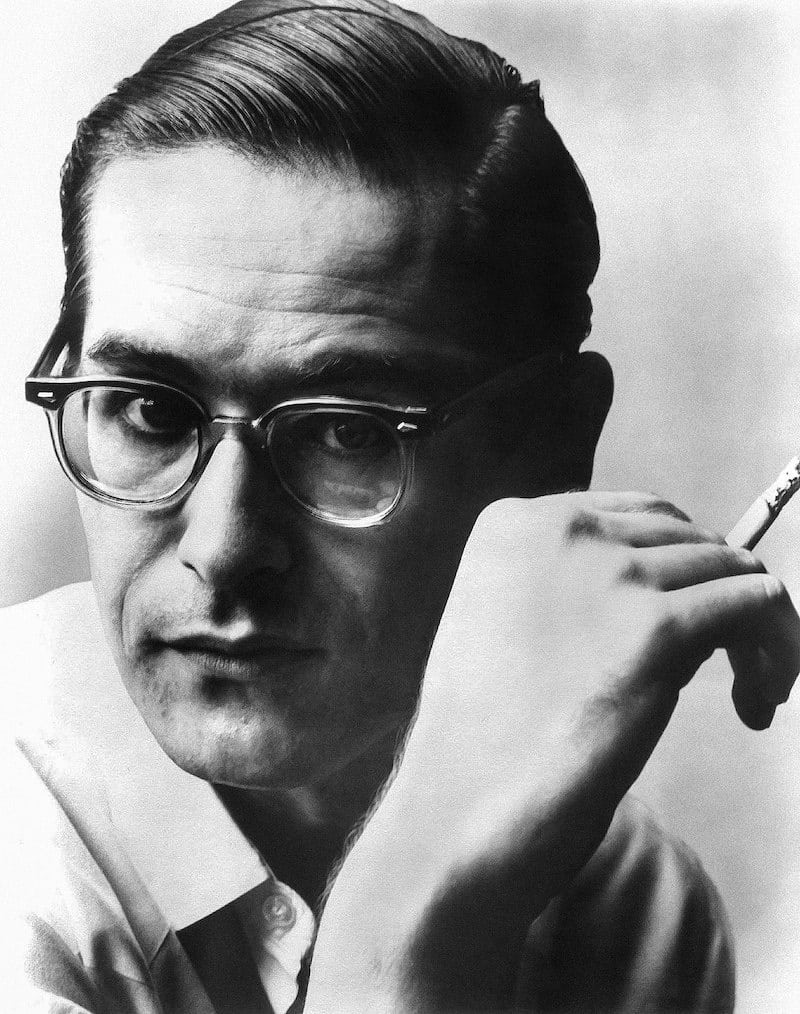
Bill Evans fell in love with the piano at age six, though he also studied flute and violin.
He played with local bands, served in the army, and taught at Southeastern Louisiana College before releasing his first album, New Jazz Conceptions, in 1956. This album included “Waltz for Debby,” a fan favorite.
In 1958, Miles Davis invited Evans to join his jazz group, where he worked with Davis and other big names for about a year. During this time, he composed “Blue in Green,” featured on the album Kind of Blue.
Evans was known for his respect for jazz traditions and the purity of a song’s structure. After leaving Davis and forming his own trio, he released Conversations with Myself, which won several Grammys and led to an overseas tour.
8. Count Basie (1904–1984)
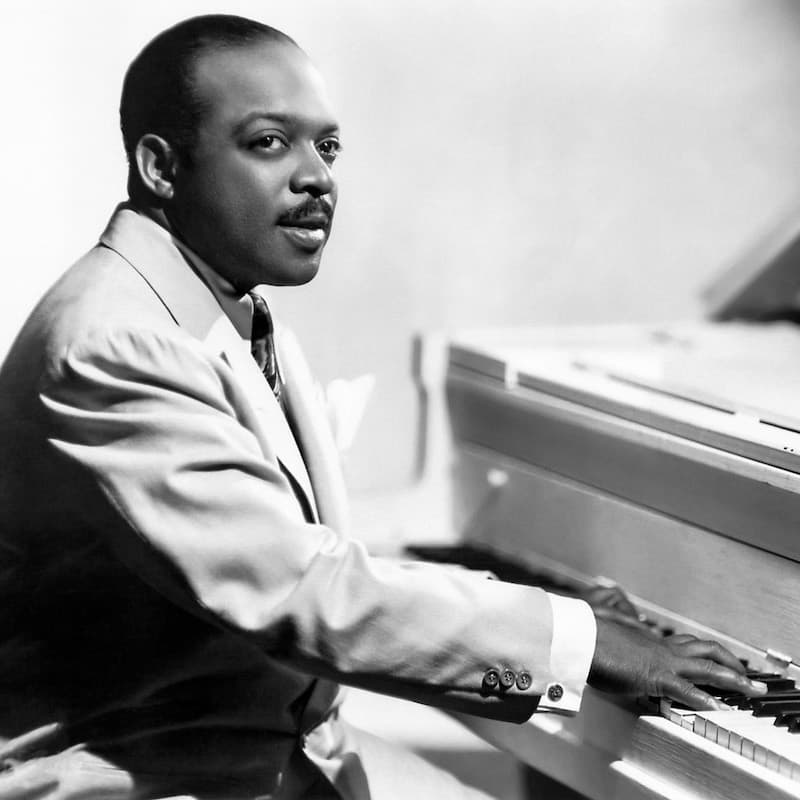
One of the all-time jazz greats, Count Basie shaped much of 20th-century music. He played in various musical groups but gained fame by forming the Barons of Rhythm. He soon became known as “Count Basie” after a radio announcer gave him the nickname.
In the 1940s, the Count Basie Orchestra released big-band hits like “One O’Clock Jump” and “Jumpin’ at the Woodside.”
Basie’s success continued as he recorded with stars like Frank Sinatra, Ella Fitzgerald, and Jackie Wilson into the 1960s and ’70s. He made history by becoming the first African American to win a Grammy. Some of his work is now in the Grammy Hall of Fame.
9. Mary Lou Williams (1910–1981)
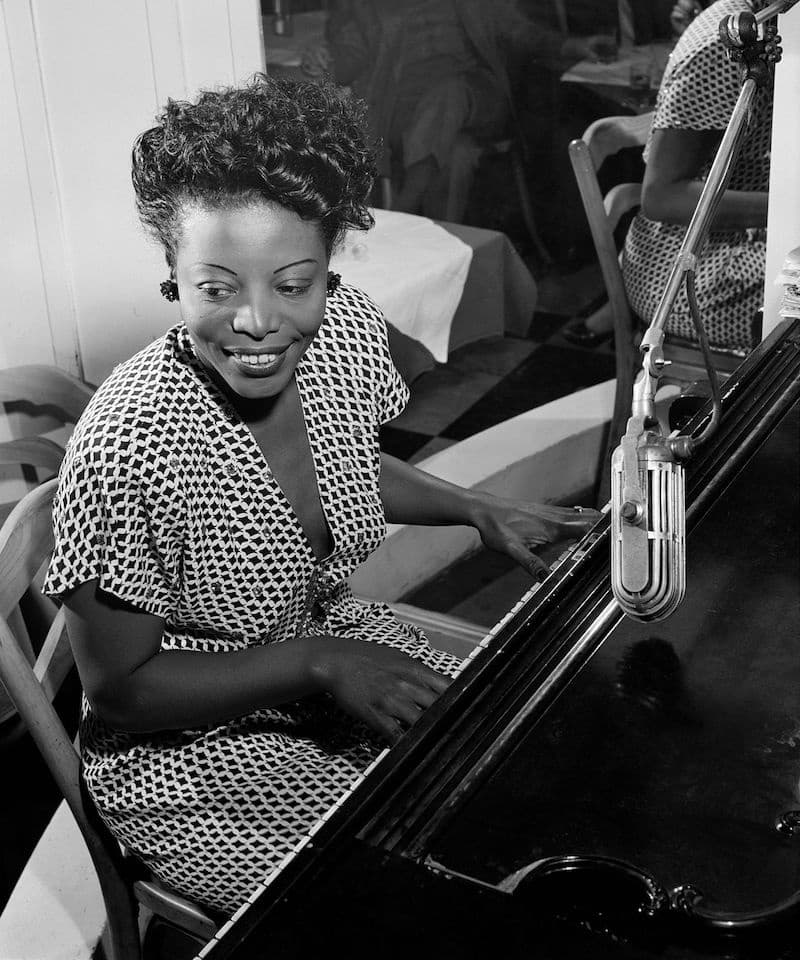
Mary Lou Williams taught herself to play piano as a child and began her professional music career at fifteen, playing with Duke Ellington.
By the late 1930s, she was known as a composer, producer, and arranger. In 1947, she started her own radio show, Mary Lou Williams’ Piano Workshop.
In the 1950s, Williams embraced her faith, and many of her later jazz hits, like “Black Christ of the Andes” and “Music for Peace,” reflected her Catholic beliefs.
By the end of her career, she had directed the Duke Jazz Ensemble and performed at the White House for President Jimmy Carter.
10. Chick Corea (1941–2021)
A masterful and versatile pianist, Chick Corea experimented with classical jazz, electric fusion, and post-bop.
His career took off in the 1960s with solo albums like Now He Sings, Now He Sobs, whose title track was inducted into the Grammy Hall of Fame in 1999.
In 1969, Corea worked on Miles Davis’ acclaimed album Bitches Brew. Inspired by Davis, he formed his own fusion group, Return to Forever.
Before his death in 2021, Corea’s innovative music earned him over 20 Grammy awards!
Summing Up The Most Famous Jazz Composers
With so many amazing musicians and composers working over the last 100 years or so of jazz, it’s impossible to name all the greats, and this list doesn’t even begin to scratch the surface.
But we hope you’ve enjoyed reading and learning about the ones on our list that every jazz aficionado should know about.
These musicians created some of the most influential music in modern history and will forever be remembered for their contributions to the genre.
Jump on YouTube and explore some more of their music, and let us know who we should add to this list next.

